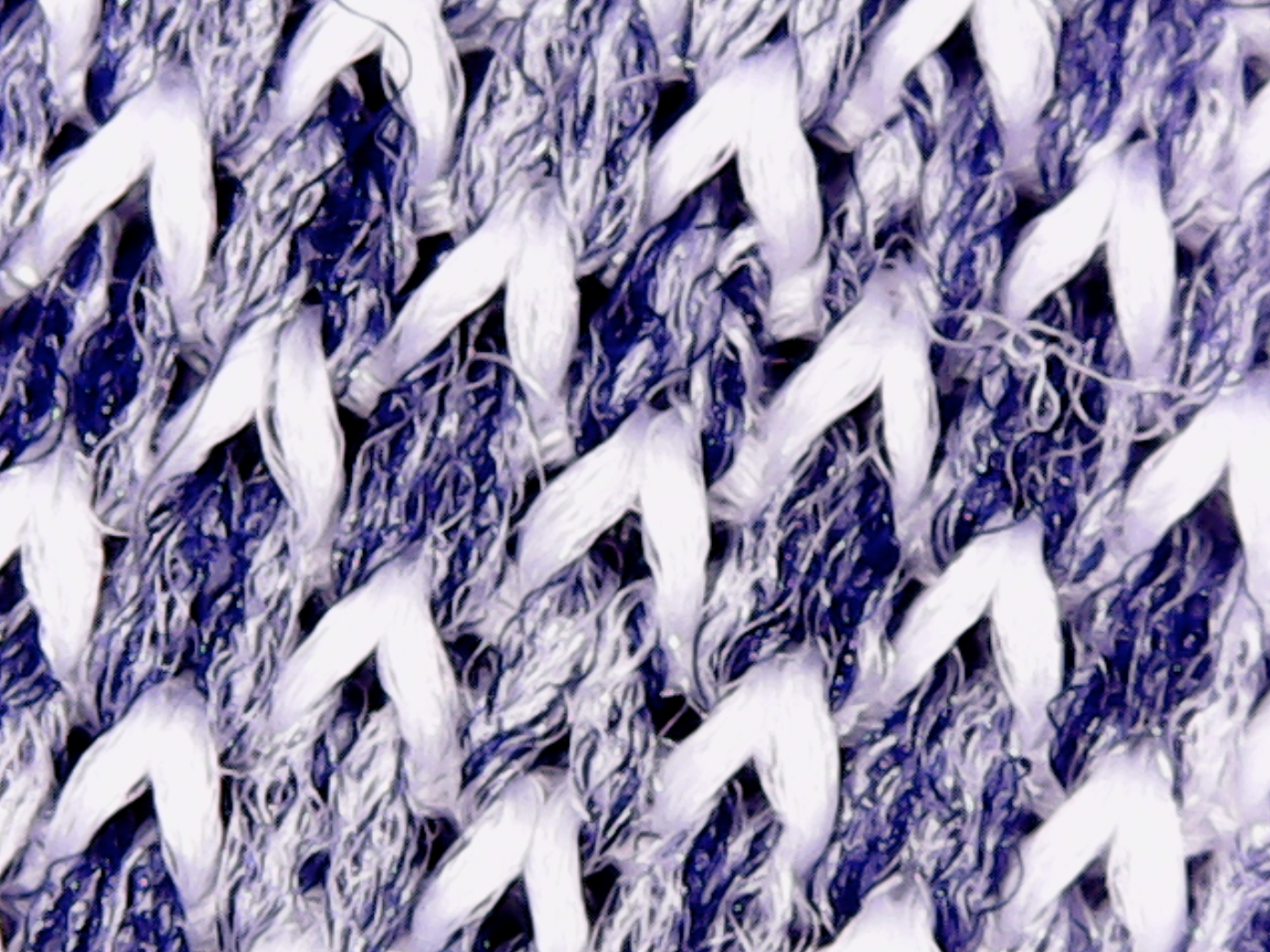How the Apollo allows 19X more airflow than normal shirting
Airflow is a critical means of providing convective heat transfer, allowing both hot air and moisture to dissipate away from the body.
Woven fabrics tend to trap air due to their tight structure while knits allow transfer of hot and moist air.
Pique Construction Allows Airflow
In addition to its phase change materials, the Apollo Dress Shirt has been optimized for maximum cooling power by using a novel fabric construction that increases airflow. It uses a piqué knit fabric that has a honeycomb-like structure that provides coverage for the body, while letting air to meander through its channels. This is particularly useful during high-movement activities such as biking to work.
The Apollo fabric at 1000x magnification reveals its subtle porosity allowing air to flow through.
Measuring Airflow
To determine how freely air flows across a fabric, we sent our fabrics to a 3rd-Party testing facility at the University of Minho’s Textile Engineering Department. Using the internationally recognized ISO 9237 Textile Air Permeability Standard, the fabrics were placed in an apparatus that sucks air through the fabric, and measures the volumetric flow rate across the surface of the fabric (liters / square meter / minute). Two barometric sensors read the pressure above and below the fabric, and modulates the vacuum to maintain a fixed pressure differential. This allows us to accurately compare flow rate across different fabrics.
The FX3300 is used for ASTM 737 and ISO 9237 Textile Air Permeability Testing.
A diagram of how the FX3300 calculates air flow for a test fabric.
The results: 19X More Airflow
Woven fabrics are made with yarns that intersect in a criss-cross fashion to create a tight structure with very few open spaces on its surface, while knit fabrics are made of loose loops of yarn allowing more air to floor through the loops.
A comparison of the Apollo fabric to traditional cotton and synthetic performance woven shirt.
The cotton, woven shirt has an airflow rate of 83 L/m2/min, while Apollo’s piqué knit fabric has an airflow rate of 1600 L/m2/min - over 19 times more airflow.
This significant difference in airflow rates means that wearers will feel significantly cooler and less clammy while wearing the Apollo Dress Shirt.





